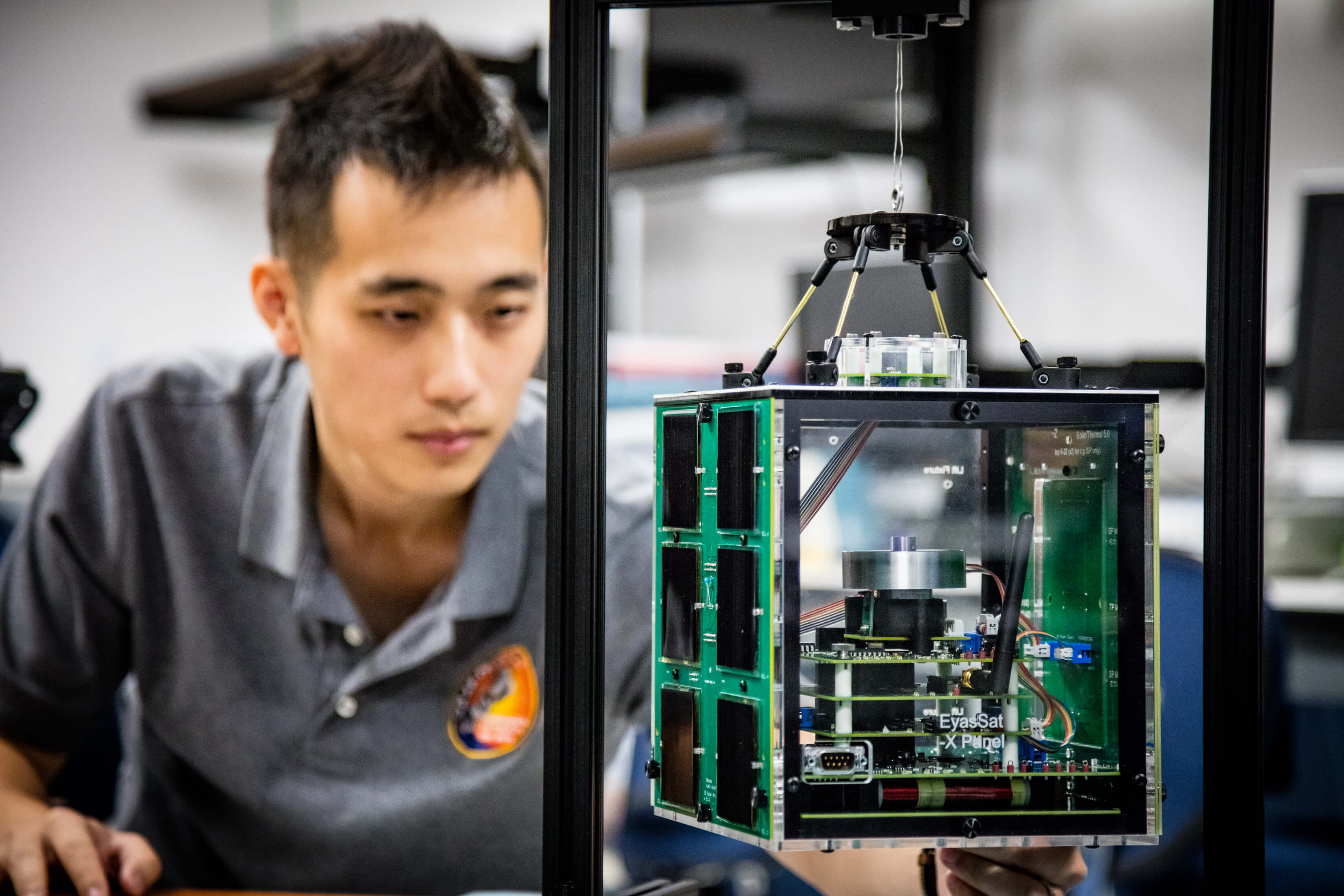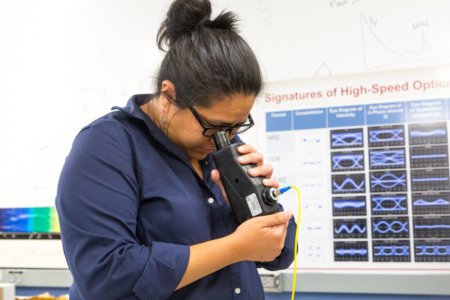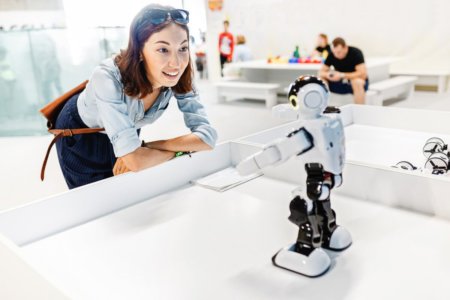In 2019, over US$3.5 billion was lost to cyber crimes. By 2024, online payment fraud is expected to cost e-commerce merchants US$25 billion annually. This year, IoT platform revenue is forecasted to reach US$66 billion and global IT spending US$3.9 trillion. By 2027, the market size of artificial intelligence — US$27.23 billion in 2019 — is projected to reach US$266.92 billion, a tenfold increase in eight years. What do all these figures mean for aspiring engineers? Opportunity.
The graduates with the know-how to seize them can be found at the Whiting School of Engineering at Johns Hopkins University (JHU). JHU has a track record of over 100 years in producing engineers who can transform society. Today, it is ranked 17th nationally in US News and World Report’s 2021 Best Engineering Schools list as it continues to nurture students into the next generation of skilled engineering professionals who are ready to respond, adapt and evolve with the data and security demands of the future.
There are over 650 courses to choose from. None are disrupted in 2020, thanks to the four online learning methods offered here: online, on-campus, hybrid, or virtual live. As a leader in online learning for nearly two decades, JHU has had time to refine its offerings — and it shows in the compelling graduate programmes it offers today. All show distinctive JHU Engineering for Professionals traits: convenient, job-ready and flexible. Working professionals can select modules based on their field of interest — including artificial intelligence, health systems engineering, and information systems engineering — and when to schedule them around their commitments.
In the wake of COVID-19, Whiting School of Engineering has made significant investments in training and technology, including the creation of new, state-of-the-art studios that feature enhanced video, large displays, and high-tech audio. These provide 360-degree views of the instructor and real-time interaction with faculty and classmates, regardless of where students are in the world.
“I thought that it was great. It felt like she was looking at my face and talking to me. So, it definitely brings a little bit more of that one-on-one feeling. To me, that’s always been super critical,” says graduate student Claire Zurn.
Classes are more personal. Students get to see the nitty-gritty details. Lecturers’ passion and enthusiasm are able to shine through better, compared to Zoom. “You really become a teacher because you want to interact with your students. You want to try to get them engaged and motivated. It’s hard to do so in a classroom, let alone via a computer screen and internet. So I felt this new studio setup made it a lot easier for the teacher to teach and for me to learn the information,” says graduate student Golnoosh Kamali.
Most courses are fully online. For those with on-site options, they can be taken at one of two campus sites, including Johns Hopkins Applied Physics Lab in Laurel, Maryland or Johns Hopkins Homewood campus in Baltimore, Maryland.
The people guiding this innovative education process? A faculty that comprises executive-level scientists and engineers. Students work alongside these experts, as well as industry leaders, clinicians at Johns Hopkins School of Medicine, and experts from JHU’s Applied Physics Laboratory. They pursue entrepreneurial ventures, and gain skills and knowledge that give them a competitive edge.
With more than 20 research centres and institutes, as well as strong community, university, and industry partnerships, it is little wonder that Johns Hopkins Engineering is a driving force in the future of technology, healthcare, and engineering education.
Today, JHU engineers are harnessing the university’s multidisciplinary strengths to help the world manage the COVID-19 pandemic. At the front lines of COVID-19 research, they are tracking the global spread of the disease and understanding how virus-carrying droplets are formed. They are developing new materials for PPE and integrating robotics into patient care.
The students and faculty members at Johns Hopkins Coronavirus Resource Centre also worked together to launch a new data visualisation tool that gives an indication of the impact of each state’s policy decisions. The tool allows users to see whether COVID-19 cases and deaths are increasing, decreasing, or remaining constant in each state. This provides crucial insight into the impact of closures and highlighting spikes associated with state-level re-openings. “As COVID-19 continues to move through states and communities, it’s important to understand which control measures might impact virus transmission,” said Beth Blauer, executive director of the Centres for Civic Impact. “These data may be able to help officials make decisions about whether to roll back or reinstate infection control policies as the pandemic evolves.”
This tool is the latest product of a multidisciplinary collaboration among experts from across JHU. The Johns Hopkins Coronavirus Resource Centre hosts expert insight on the pandemic from every division of JHU, and is led through a partnership between the Johns Hopkins Centres for Civic Impact, the Bloomberg School of Public Health, the Johns Hopkins Applied Physics Laboratory, and the Whiting School of Engineering. It is also backed by the support of Bloomberg Philanthropies and the Stavros Niarchos Foundation.
To know more about JHU’s transformative online engineering education, click here.
Follow Whiting School of Engineering on Facebook, Twitter, Instagram and YouTube.













